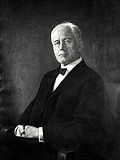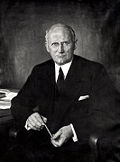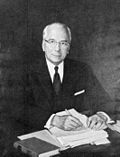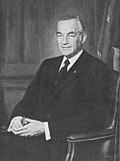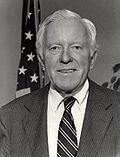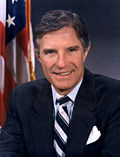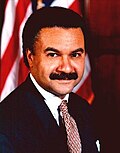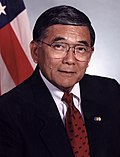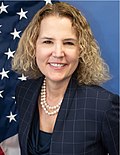| United States Secretary of Commerce | |
|---|---|
 Seal of the U.S. Department of Commerce | |
 Flag of the secretary | |
| United States Department of Commerce | |
| Style | Mr. Secretary (informal) The Honorable (formal) |
| Member of | Cabinet |
| Reports to | President of the United States |
| Seat | Herbert C. Hoover Building, Washington, D.C. |
| Appointer | The president with Senate advice and consent |
| Term length | No fixed term |
| Constituting instrument | 15 U.S.C. § 1501 |
| Precursor | Secretary of Commerce and Labor |
| Formation | March 5, 1913 |
| First holder | William C. Redfield |
| Succession | Tenth [1] |
| Deputy | Deputy Secretary of Commerce |
| Salary | Executive Schedule, Level I |
| Website | Commerce.gov |

The United States secretary of commerce (SecCom) is the head of the United States Department of Commerce. The secretary serves as the principal advisor to the president of the United States on all matters relating to commerce. The secretary reports directly to the president and is a statutory member of the Cabinet of the United States. The secretary is appointed by the president, with the advice and consent of the United States Senate. The secretary of commerce is responsible for promoting American businesses and industries. The department states its mission as 'to foster, promote, and develop the foreign and domestic commerce of the United States'. [2]
Contents
Until 1913, there was one secretary of commerce and labor, uniting this department with the United States Department of Labor, which is now headed by a separate United States secretary of labor. [3]
The secretary of commerce is a Level I position in the Executive Schedule [4] with an annual salary of US$ 250,600, as of January 2025. [5]
The current secretary of commerce is Howard Lutnick. [6]




